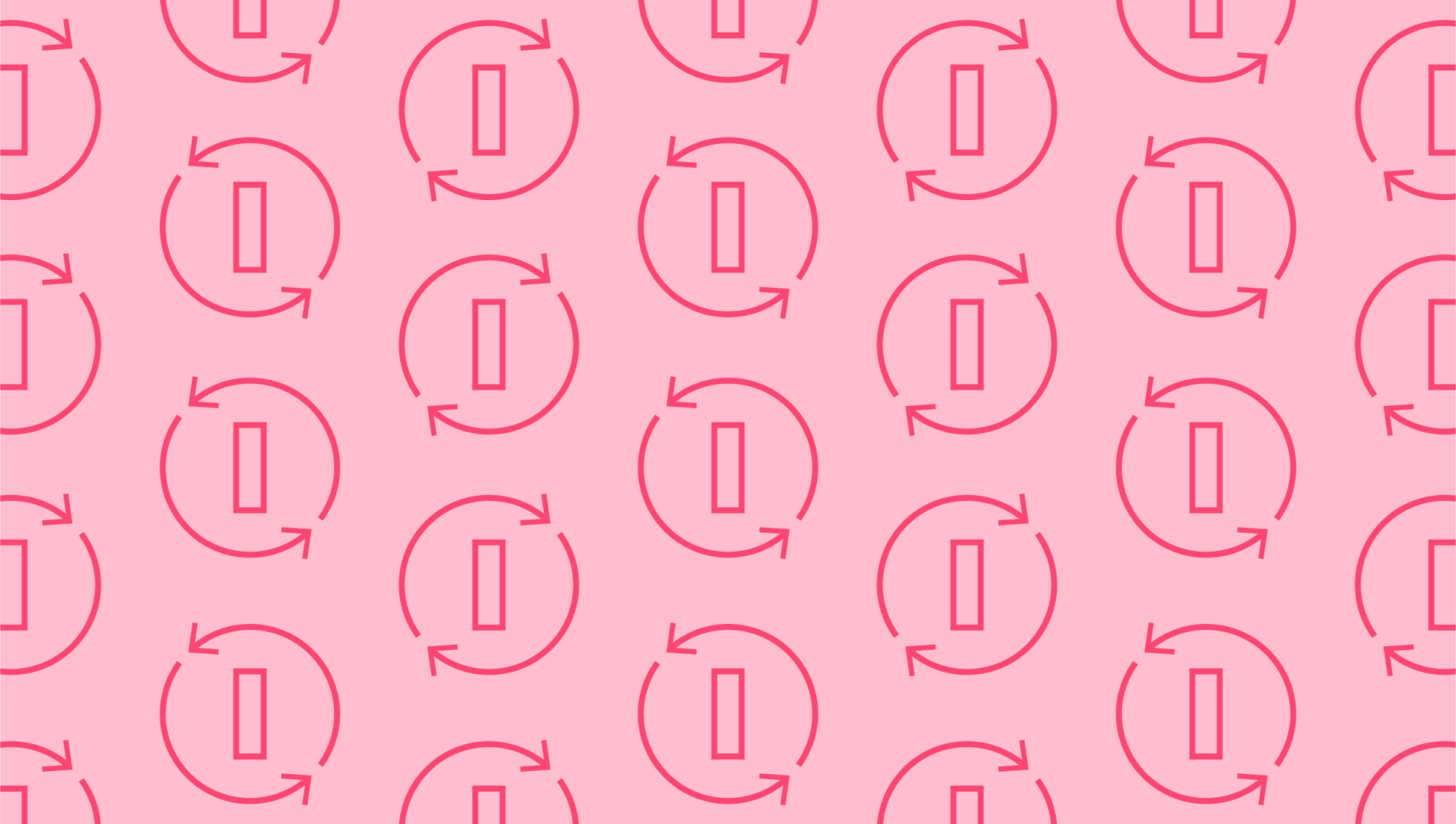
Guide to Consumption Based Billing
Last editedNov 20212 min read
Traditionally, most products or services were offered for a one-off price – customers would pay and receive the product in a simple, one-time transaction. Since then, companies have adopted new subscription-based models that have become increasingly popular, allowing clients to easily make recurring payments for products or services that they regularly use. But what about a consumption based billing model?
A consumption based pricing model is a hybrid of the one-time payment and subscription models. Each of these payment models has their unique benefits – subscription models allow companies and clients to develop ongoing relationships, whereas one-time payments are easy and quick. Consumption based billing adds to this by coupling subscription models with pay-as-you go features to allow for a wide range of add-ons. Read our simple guide to find out the basics and how consumption based pricing models could work for your company.
What is consumption based billing?
It might be a newly popular term, but consumption based subscriptions have in fact existed for a long time with energy and utilities providers. Whereas subscription billing involves a fixed, flat payment for each month, consumption based pricing models involve the customer paying a different amount each month based on how much they consumed. In other words, they pay based on units of usage rather than a fixed monthly rate.
In addition, this allows for more flexible pricing options. Companies can create a range of pay-as-you-go add-ons that can be built in to the pricing model, giving consumers the option to pick and choose exactly the services that they want to use and thus improving customer satisfaction.
What are the advantages of consumption based subscriptions?
Given that customers and their needs are constantly changing, a pay-as-you-go usage model means that companies can keep up with these preferences. For example, a customer might need large amounts of a product in one month, and then barely use it the next one. This creates a sense of transparency and fairness, as they are only paying for exactly what they are using, therefore improving the customer relationship.
In addition, a consumption based pricing model enables companies to track product and service usage data in real time. These detailed insights help you to stay up to date with the latest changes in the market and adapt your business model based on this. For example, you can quickly identify when a product or service is not selling as well as expected, investigate why this is happening and resolve the problem.
Finally, the consumption based billing model can actually drive revenue by offering attractive add-ons to customers. Not only do you receive the revenue from a predictable subscription, but you can also pair this with add-on revenue from additional services.
How do consumption based subscriptions work?
The concept of pay-as-you-go usage models is quite simple, but the mechanics are slightly more complex than more traditional one-off payments or subscription models. This is because payments are highly individualised to each customer rather than being standardised. For this reason, you need an intelligent billing system that can keep track of the different variables that influence customer charges.
These systems should include a flexible product catalogue that informs customers of the different options available to them, rating systems that maintain accurate records of usage and inform customers of these, as well as invoicing systems that can bring this information together to charge customers the correct amount.
If you’d like to introduce consumption based billing to your business, then you should look for the right intelligent billing system to get started. While this used to be a model that was reserved to large corporations, cloud-based billing systems are now making it easier for small businesses and start-ups to adopt this flexible payment model.
We can help
GoCardless helps you automate payment collection, cutting down on the amount of admin your team needs to deal with when chasing invoices. Find out how GoCardless can help you with ad hoc payments or recurring payments.

